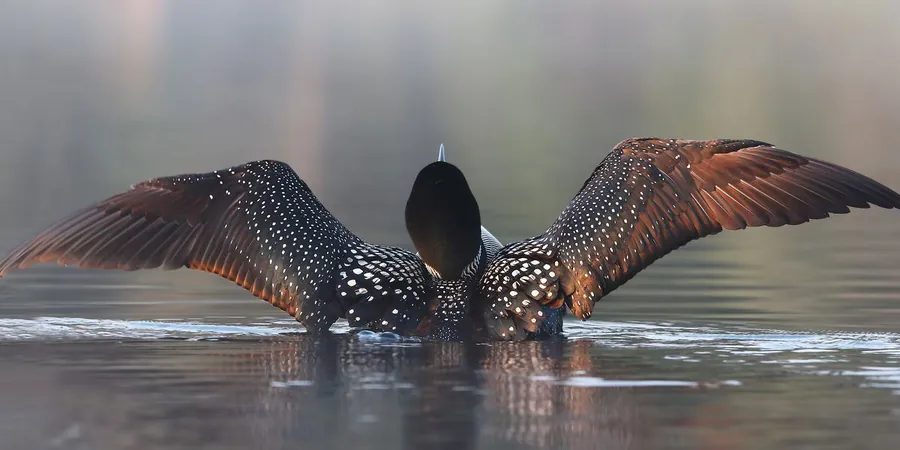
Unlocking Avian Secrets: Scientists Chart the Family Tree of 11,000 Bird Species
2025-05-11
Author: Sarah
When it comes to species diversity, birds are in a league of their own. As the most genetically varied land vertebrates on Earth, these magnificent creatures thrive across every continent, showcasing an incredible evolutionary legacy. Remarkably, they are the direct descendants of avian dinosaurs that survived the catastrophic K-T Extinction event 66 million years ago.
Over millions of years, this resilience has led to the stunning variety of around 11,000 bird species we see today. However, tracking their evolutionary histories can be a daunting task. That's where a dedicated team from the University of California Merced and the Cornell Lab of Ornithology stepped in. They meticulously combed through 262 studies related to 9,239 bird species published between 1990 and 2024, supplementing it with additional data for about 1,800 species not previously included. The result? A comprehensive mapping of avian evolutionary history, recently detailed in the journal Proceedings of the National Academies of Sciences (PNAS).
Lead author Emily Jane McTavish from UC Merced shared, "People love birds, and many researchers are dedicated to studying them. This synthesis brings together a wealth of information on their evolutionary relationships into one accessible resource."
For years, McTavish has been involved with the Open Tree of Life project, a collaborative effort among evolutionary biologists and taxonomists aiming to document a comprehensive evolutionary tree that encompasses all species on Earth—not just birds. The goal of this detailed avian history? To consolidate research efforts and pave the way for groundbreaking discoveries.
Eliot Miller, a visiting scientist at Cornell Lab and senior author of the study, emphasized the importance of their work by stating, "While many new bird phylogenies are published each year, the insights gained must be better integrated into further research. Our project aims to close this loop, ensuring that vital information from these studies informs future explorations."
Why This Matters: Bird Evolution and Research Collaboration
This monumental effort not only enhances our understanding of bird evolution but also serves as an essential resource for researchers worldwide. By documenting the interconnectedness of birds, the study creates new avenues for scientific inquiry, potentially unveiling transformative insights into biodiversity and conservation strategies.
As we fly into the future of avian research, this collaborative work marks a significant leap forward in comprehensively understanding our feathered friends' rich and diverse lineage.



 Brasil (PT)
Brasil (PT)
 Canada (EN)
Canada (EN)
 Chile (ES)
Chile (ES)
 Česko (CS)
Česko (CS)
 대한민국 (KO)
대한민국 (KO)
 España (ES)
España (ES)
 France (FR)
France (FR)
 Hong Kong (EN)
Hong Kong (EN)
 Italia (IT)
Italia (IT)
 日本 (JA)
日本 (JA)
 Magyarország (HU)
Magyarország (HU)
 Norge (NO)
Norge (NO)
 Polska (PL)
Polska (PL)
 Schweiz (DE)
Schweiz (DE)
 Singapore (EN)
Singapore (EN)
 Sverige (SV)
Sverige (SV)
 Suomi (FI)
Suomi (FI)
 Türkiye (TR)
Türkiye (TR)
 الإمارات العربية المتحدة (AR)
الإمارات العربية المتحدة (AR)